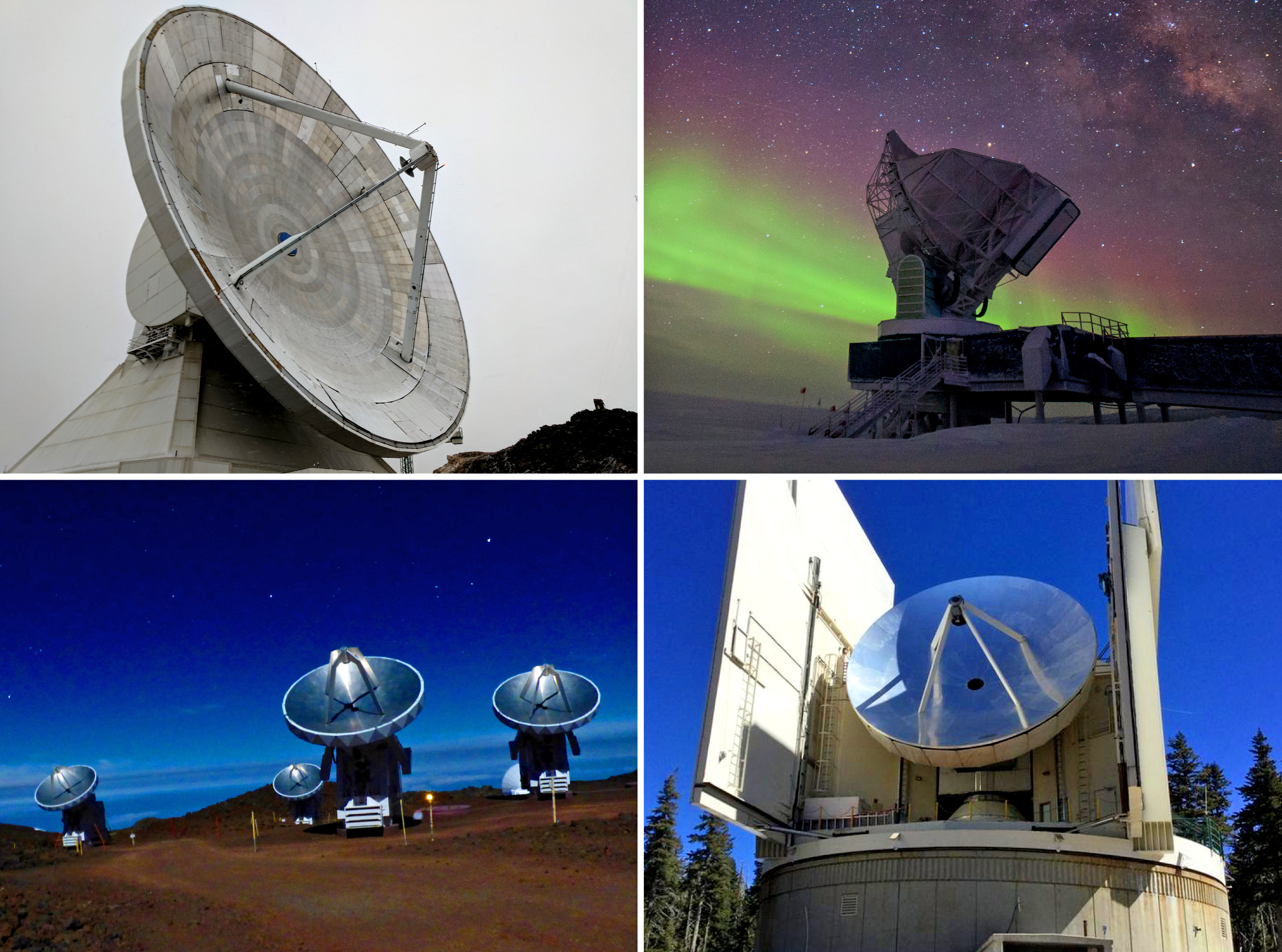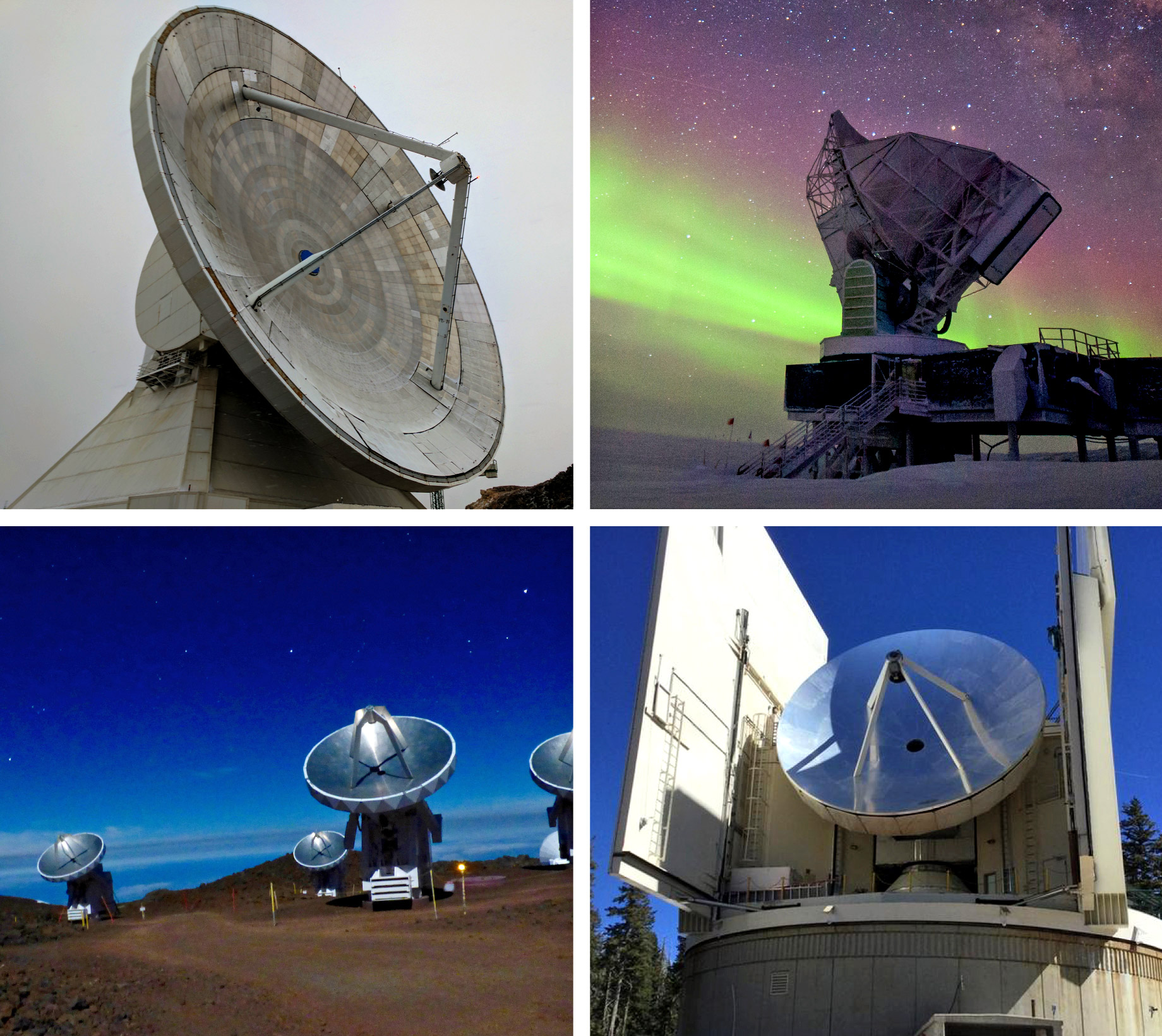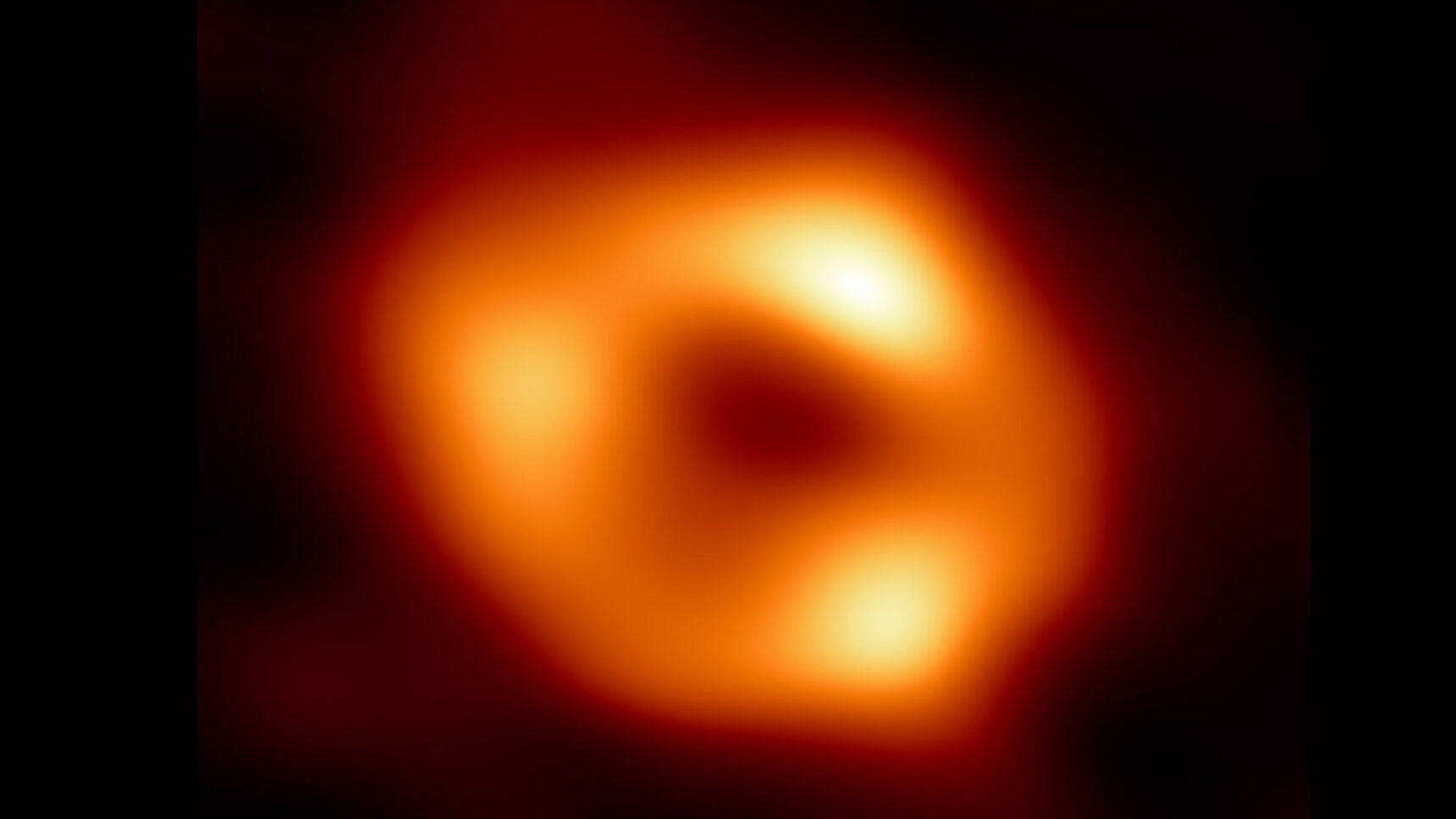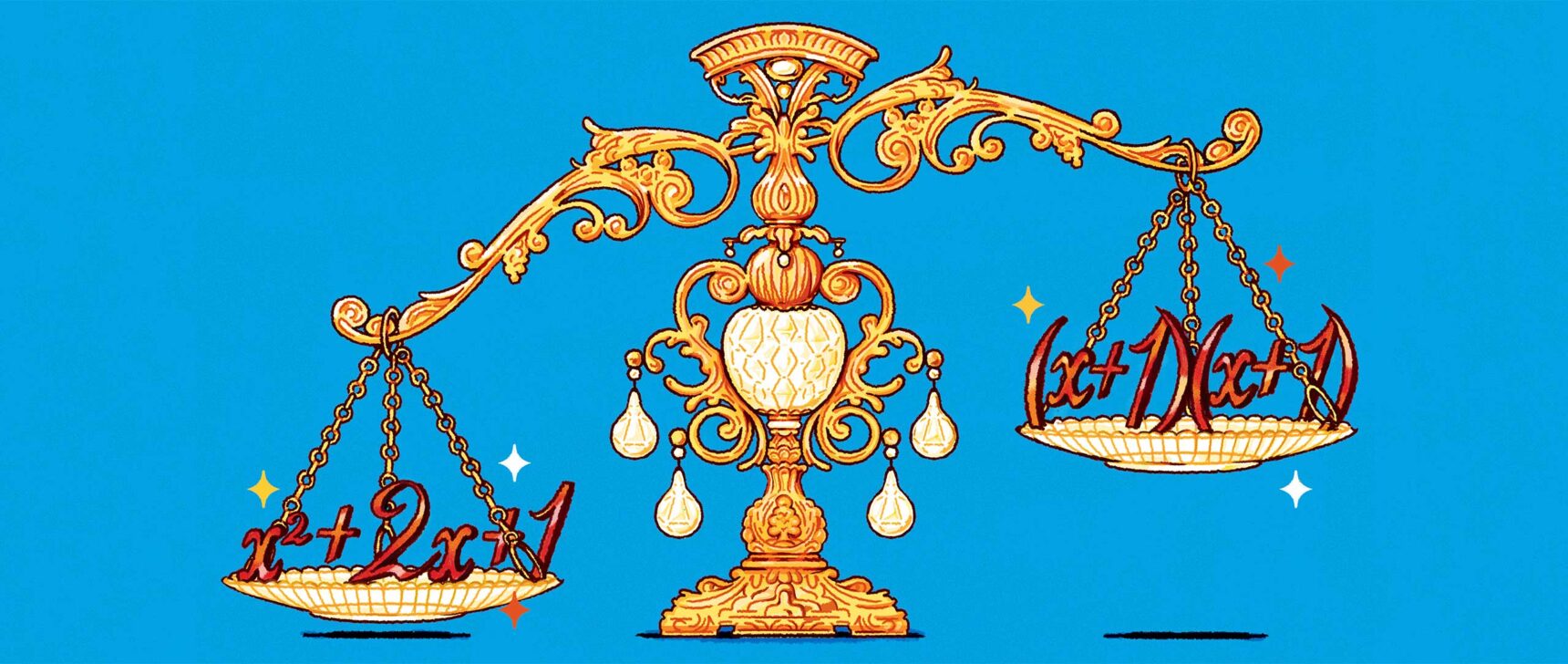Black Hole Image Reveals the Beast Inside the Milky Way’s Heart
Introduction
Today, more than three years after the release of the first-ever image of a black hole, scientists from the Event Horizon Telescope (EHT) shared an image of Sagittarius A* (pronounced A-star) — the supermassive specimen sitting at the center of our own Milky Way galaxy.
“It is a dream that comes true after decades of work,” said Heino Falcke, an astrophysicist at Radboud University in the Netherlands. “I always knew this day would come, but I never expected it to be so clear and impressive right away.”
The image immediately reveals new information about the Milky Way’s monster. “The major things we found out about Sag A* were: Is the black hole spinning? Yes, it is,” said Sara Issaoun, an astrophysicist and member of the EHT team. “And what is the orientation of the black hole with respect to us? Now we are fairly confident it is pointed more or less face on to us,” with one of the poles pointed in our direction.
The black hole shown in the new image is vastly different from the one in the earlier photo. The other black hole sits in the center of M87, an enormous elliptical galaxy that’s significantly more massive than our spiral-shaped Milky Way. That black hole fires out a vast jet powered by intense magnetic fields.
Sagittarius A*, by contrast, is 1,000 times less massive than M87’s black hole — 4 million versus 6.5 billion solar masses — making it much harder to see despite its relative proximity. And with less matter swirling around it, Sagittarius A* is dimmer as well. “It’s got a very low mass supply,” said Roger Blandford, an astrophysicist at Stanford University who is not involved with the EHT. “It’s been starved, essentially.”
But despite these differences, the two images look remarkably alike. “We were amazed that Sag A* looked so similar to the famous black hole in the M87 galaxy,” said Issaoun. “This similarity reveals to us a key aspect of black holes. No matter their size, or the environment they live in, once you arrive at the edge of a black hole, gravity takes over.”
In order to take an image of Sagittarius A*, the researchers had to confront unique observational challenges. Sagittarius A* is small — just 30 times wider than our sun — and 27,000 light-years distant. Because it is relatively small, any activity on Sagittarius A* — such as the motion of the trillion-degree plasma that surrounds it — occurs 1,000 times faster than it does on M87’s black hole. “The material was swirling around Sag A* so quickly that Sag A*’s appearance could change from minute to minute,” said Katie Bouman, a computer scientist now at the California Institute of Technology who helped develop an algorithm to turn vast amounts of EHT data into an image.
“It took us two years to publish the M87 results,” said Huib Jan van Langevelde of Leiden University in the Netherlands, director of the EHT. “These results are coming five years after the observations.”
Merrill Sherman/Quanta Magazine
The new images were taken in April 2017 during the same window in which the EHT was taking the now-famous image of M87’s black hole. Eight telescopes gathered views of Sagittarius A* over the course of 10 consecutive nights. The volume of information collected was enormous, said Lindy Blackburn, an EHT data scientist at the Harvard-Smithsonian Center for Astrophysics — billions of gigabytes’ worth. The resulting files were too large to go out over the internet. Instead, more than 1,000 hard drives were physically transported back to two processing facilities, one at the Haystack Observatory near Boston, and another at the Max Planck Institute for Radio Astronomy in Bonn, Germany.
The EHT uses a technique called very-long-baseline interferometry to produce its images, turning Earth into a giant virtual telescope by combining the views of multiple observatories from the South Pole to Spain. The spread-out telescopes can create sharper images, just as a larger mirror on an optical telescope affords better views. Except in this case, the observations were performed at a wavelength of 1.3 millimeters rather than the wavelength of visible light. “That wavelength is a sweet spot,” said Carl Gwinn, an astrophysicist at the University of California, Santa Barbara who was not involved in the result. It allowed astronomers to peer through the hot gas surrounding a supermassive black hole, but it also provided the necessary resolution to reveal the shadow resulting from its event horizon — the point at which no light can escape.


Eight observatories participated in the 2017 observations, including (clockwise from top left) the Large Millimeter Telescope in Mexico; the South Pole Telescope, shown here lit up by the aurora australis and the Milky Way; the Submillimeter Telescope on Mount Graham in Arizona; and the Submillimeter Array on top of Maunakea on the Big Island of Hawai‘i.
(clockwise from top left): Aleks PopStefanija; Daniel Michalik; Jonathan Weintroub; Sara Issaoun
Imaging Sagittarius A* is the end result of decades of observations that began with our first tantalizing hints of its presence in 1918, when the astronomer Harlow Shapley first noticed stars congregating toward the center of the Milky Way. Later observations detected powerful radio emissions coming from that spot, pointing to the presence of a massive yet compact object, most likely a black hole — a phenomenon predicted by Einstein’s general theory of relativity.
In the 21st century, scientists solidified this idea by tracking the motions of stars, research that was awarded the 2020 Nobel Prize in Physics. One star in particular, named S2, has a 16-year elliptical orbit that scientists were able to follow in its entirety, gaining a clear (though indirect) view of the black hole. “It has a beautiful trajectory,” said Luciano Rezzolla, a theoretical astrophysicist at Goethe University Frankfurt in Germany and a member of the EHT’s board. “It’s a gift nature has given us.”
Now that we’ve directly seen this black hole, scientists will probe its intricacies and compare it to its much larger sibling inside M87. “Going from a sample of one to two is a big jump,” said Sarah Gallagher of Western University, an astrophysicist who was not part of the EHT collaboration.
Both observations are glorious in their own right: beautiful results that are “an affirmation of the scientific process,” said Gallagher. But seeing Sagittarius A* is just a bit more extraordinary for many. It’s an object that has fascinated us for so long, and now, right before our eyes, it dazzles us with its dance. “This is an even greater technical accomplishment,” said Blandford. “This is up close and personal. This is our home.”
Correction: May 16, 2022
The original version of this article described “face on” incorrectly. It means that the axis of rotation is more or less pointed in our direction. In addition, the original graphic contained incorrect numbers for the radii of the two black holes. Quanta regrets the errors.




